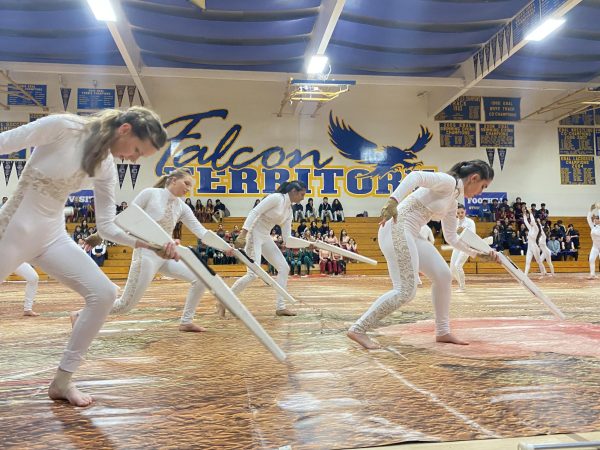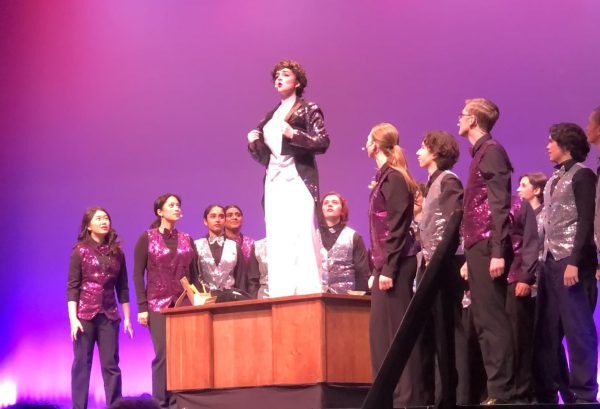Overgrown AV Population
September 8, 2018
It has been the general feeling that Amador is coming close to its maximum capacity of students. Throughout its history, Amador has undergone three constructions in 1968, 1997 and 2004 to accommodate the growing number of students. But, is Amador reaching it’s maximum capacity?
The student population has definitely grown dramatically. From the first graduating class of eight students in 1923, to the 2,717 students now, Amador has come a long way. The number of freshman and sophomores Amador has exceeds the number of juniors and seniors, possibly indicating more students in the future. There are 728 freshmen and 709 sophomores compared to 626 juniors and 654 seniors.
The number of children in Pleasanton has grown so much that Foothill High School was created in 1973 to help alleviate the burden on Amador. But, over the past five years, Amador’s population has increased constantly, and though the Foothill campus is bigger, Foothill only has approx. 2300 students.
“It’s the demographics at the time, due to a surge in housing at the west side of Pleasanton. The Foothill side of Pleasanton, you tend to see more stable homes, meaning homes that don’t have children. So, this side of town you tend to have an influx in younger families. More families have children. That’s why you would see a greater influx of students attending Amador than Foothill,” said AV Principal, Mr. Solorzano.
This large student population is straining Amador’s capacity. All the classrooms have maxed out and some teachers have to share classrooms. Some classrooms don’t have enough desks. Class sizes have also increased. Though the teacher to student ratio overall is 25:1, many popular or advanced classes have 35 or 36 students each period.
“I think Amador is overcrowded in the sense that our classes are very large. My classes are all about 35 students each. I wish they were smaller…[because] being able to connect with students are harder and being able to know students as individuals is harder,” said English teacher, Mr Thayer.
Teachers who have to share classrooms also suffer inconveniences and greater workload.
“During science… we have four teachers sharing rooms and so you can’t prep what you need. Mrs. Farthing teaches in my room and so I can’t be prepping my labs and so I have to be working extra,” said Mrs. Ogle, science teacher.
Not only does this large population prove taxing to teachers, it can also be tough on the counselors. Amador has six guidance counselors, a college counselor, and an ROP counselor.
“The college and career is a part time assignment as well as a college and career which actually means it’s a person and a half in terms of the days that they can support kids… So, I would say do we have enough counselors? No. But, who we have? I think they’re doing an excellent job in terms of providing a good amount of support,” says Mr. Solorzano.
Class sizes can also be uncomfortable for students. Ariana Deng (‘20) says, “Some classes have a lack of desks because some class periods have a lot of students and so some students don’t have any desks.”
Administration has recognized the problem and is currently discussing a construction project. Mr. Solorzano says that the school may get rid of the portables and replace with new classrooms. These new classrooms would be “flex based” according to Mr. Solorzano, meaning it can be converted, to a lab, for example, when needed.
This brings up the question of where the school will get the money. The construction would be funded by Proposition 39 which allocates $601,053 to the Pleasanton School District. Part of this money will go to this construction project at Amador.
The construction project can ensure that teachers will no longer need to share classrooms and, hopefully, classes can be smaller and alleviate burdens on the teachers.













